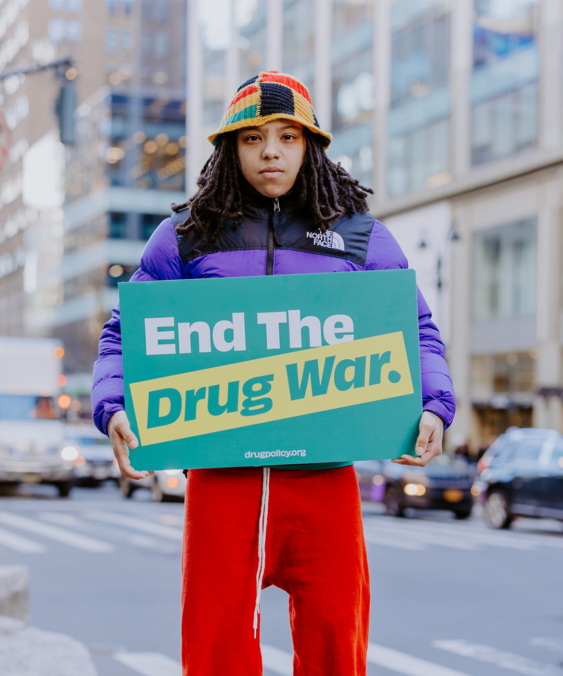
Contact:
Jasmine Budnella, 720-480-5262, [email protected]
Kassandra Frederique, 646.209.0374, [email protected]
2017 marked the seventh straight year of increased overdose rate deaths in New York City. The highest overdose rate is among Black New Yorkers – for the first time in over a decade.
In response to the NYC Department of Health and Mental Hygiene’s 2017 overdose Epi Data Brief, VOCAL-NY and Drug Policy Alliance have released the following statement:
“The most recent overdose report from the NYC Department of Health and Mental Hygiene (DOHMH) illustrates two stark realities: race and class continue to be obstacles in accessing lifesaving interventions. The highest overdose rate is among Black New Yorkers–for the first time in over a decade–as well as very high poverty neighborhoods. The impact on the Bronx is devastating, as the borough has both the highest rate and number of overdose deaths. Meanwhile, overdoses decreased in Staten Island – where buprenorphine prescriptions were three to five times higher than other boroughs – and among white New Yorkers.
2017 marked the seventh straight year of increased overdose rate deaths in NYC; a plateau in the rate is not success. We lost 1,487 people last year – the deadliest year on record. New York City must rapidly scale up resources and funding to expand access to medication-assisted treatment (MAT) and post-overdose support programs (including buprenorphine on demand in hospital/emergency settings and linkage to long term non-emergency care), and dramatically increase funding for supportive housing. With cocaine involved in nearly half of the overdoses in 2017 (49%), the city must also develop and implement a strategy to address the growing cocaine overdose crisis.
It is infuriating that in an unrelenting crisis, resources and funding are being dedicated to criminalization approaches instead of public health solutions. The antiquated office of the Special Narcotics Prosecutor receives $22.4 million annually, and millions of dollars of the $60 million annually in the Mayor’s HealingNYC initiative are being allocated to the NYPD.
New York City must divest in failed, harmful criminalization practices and invest in the DOHMH and the Department of Homeless Services who have a role in implementing and developing evidence-based interventions to end this crisis. The City must also move to swiftly implement Overdose Prevention Centers (also called safer consumption spaces) that are grounded in the mission of saving people’s lives in the event of an overdose and offering connections to comprehensive care and treatment.

Take the next step and secure your official 2025 member card with a gift today!
